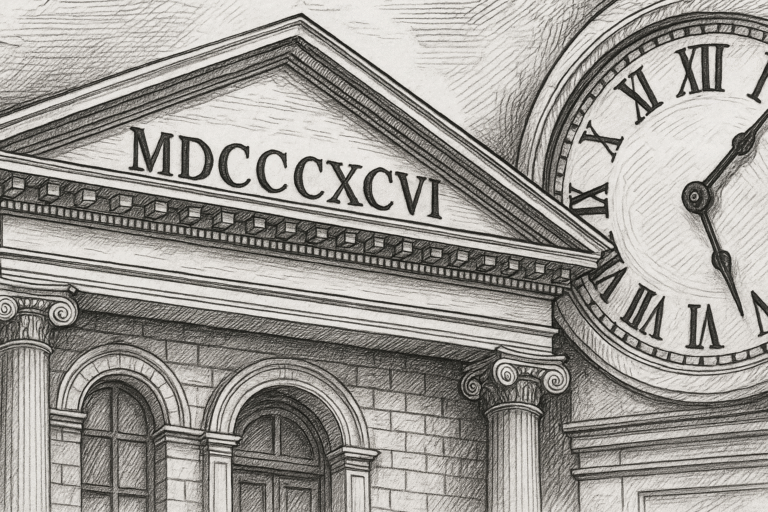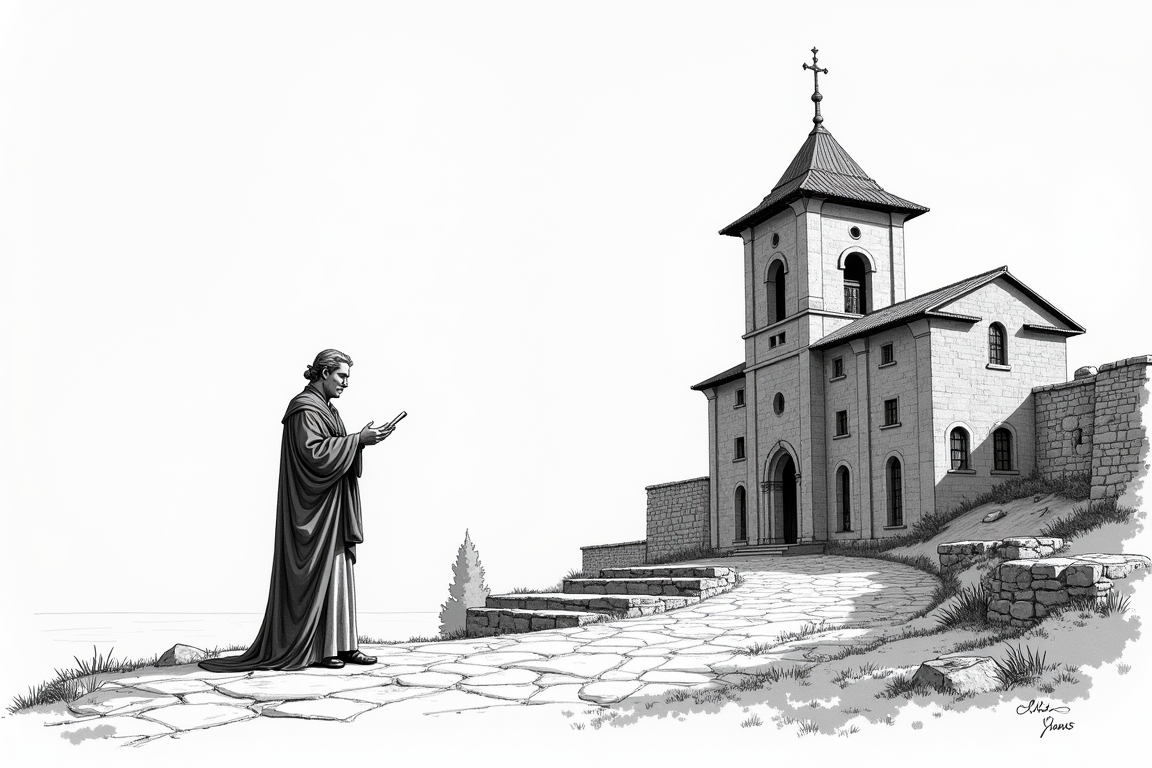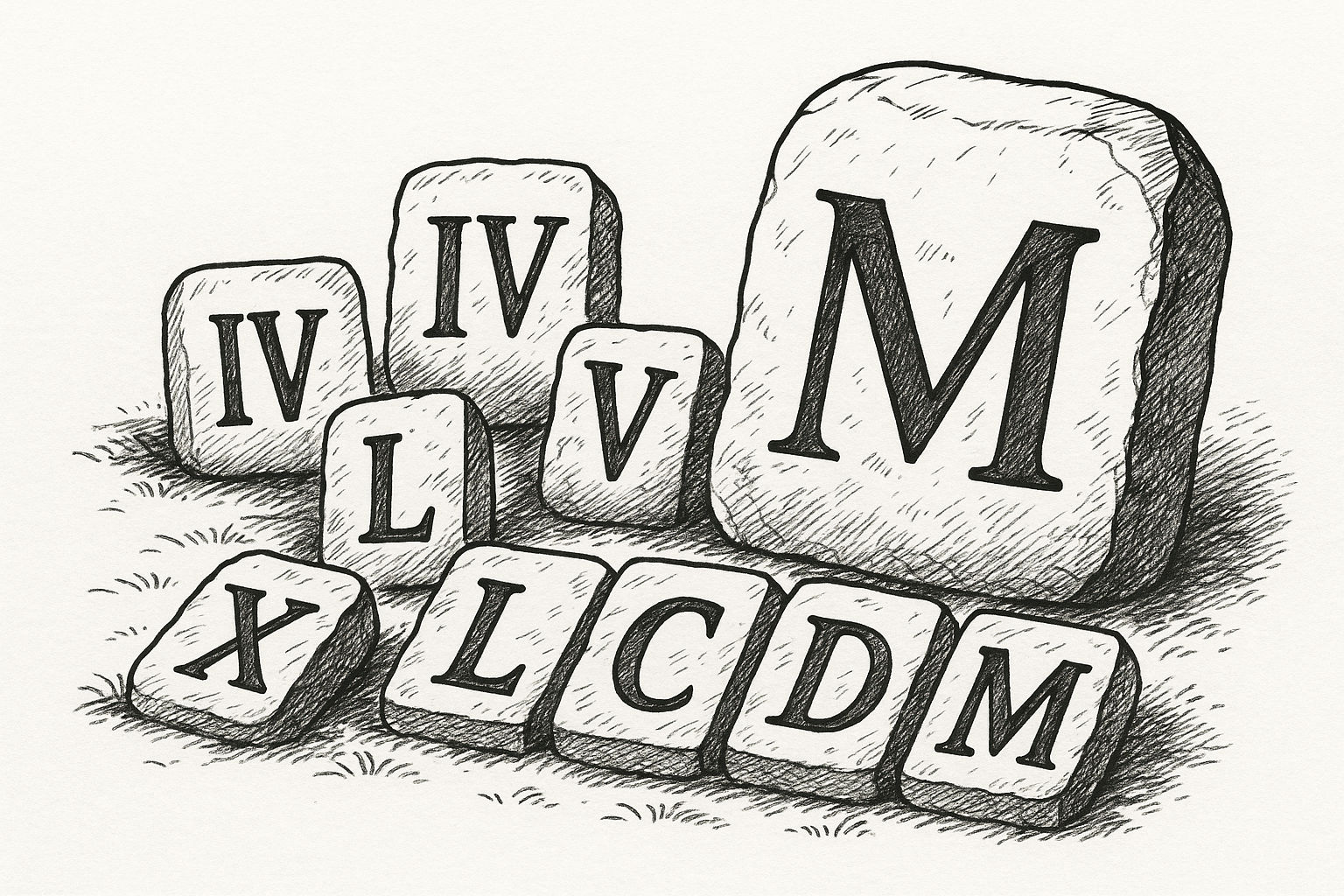What Language Did the Romans Speak? A Comprehensive Exploration of Latin and Its Legacy

The Roman Empire, spanning from its legendary founding in CCLIII BC (753 BCE) to the fall of the Western Empire in CDLXXVI (476 CE), was a cornerstone of Western civilization, influencing culture, law, and language. Central to its identity was the language spoken by its people, which played a critical role in administration, literature, and daily life. Roman numerals, used in inscriptions, coins, and documents, help us date and contextualize this linguistic heritage. But what language did the Romans speak, and how did it shape their empire and modern languages?
The Primary Language of the Romans: Latin
The Romans primarily spoke Latin, a language that originated in the region of Latium, centered around Rome. Latin was the foundation of Roman communication, used in governance, literature, religion, and everyday interactions. Roman numerals, such as XLIV BC (44 BCE) for Julius Caesar’s assassination or CXXI (121 CE) for Hadrian’s Wall, appear in Latin inscriptions, anchoring the language’s historical record.
Latin belongs to the Italic branch of the Indo-European language family, closely related to languages like Oscan and Umbrian spoken by neighboring tribes. As Rome expanded, Latin became the empire’s unifying language, spreading across Europe, North Africa, and parts of Asia.
The Evolution of Latin in the Roman Empire
Latin evolved over time, adapting to the needs of a growing empire. It can be categorized into several forms, each marked by distinct periods and uses, often documented with Roman numerals in historical records.
1. Old Latin (Pre-3rd Century BCE)
Old Latin, spoken before CC BC (200 BCE), was the earliest form, used in early Roman inscriptions and religious texts:
- Example: The Lapis Niger inscription, dated around DL BC (550 BCE), uses archaic Latin and early numeral forms.
- It was less standardized, with regional variations and influences from Etruscan and Greek.
2. Classical Latin (3rd Century BCE–2nd Century CE)
Classical Latin, refined during Rome’s republican and early imperial periods (CC BC–CC CE, or 200 BCE–200 CE), was the language of literature, law, and administration:
- Writers like Cicero (CVI BC–XLIII BC, 106–43 BCE) and Virgil (LXX BC–XIX BC, 70–19 BCE) produced works in this polished form.
- Numerals in texts, such as XLVI BC (46 BCE) for Caesar’s calendar reform, mark this era’s milestones.
3. Vulgar Latin (1st Century CE–9th Century CE)
Vulgar Latin was the colloquial speech of ordinary Romans, soldiers, and provincial inhabitants:
- Spoken across the empire by I (1 CE) onward, it varied by region and social class.
- It laid the foundation for the Romance languages (e.g., French, Spanish, Italian), with numeral-dated inscriptions like CC (200 CE) showing its spread.
4. Late Latin (3rd–6th Century CE)
Late Latin, used from CC (200 CE) to CDLXXVI (476 CE) and beyond, bridged Classical Latin and medieval forms:
- Used in Christian texts, like St. Augustine’s works (CCCLIV–CDXXX, 354–430 CE).
- Numerals in church inscriptions, such as DXXXVII (537 CE) for the Hagia Sophia, reflect its use in the Eastern Empire.
Latin’s Role in Roman Society
Latin was the backbone of Roman communication, serving multiple functions across the empire. Roman numerals, integral to records and inscriptions, help us understand its applications.
1. Administration and Governance
Latin was the official language of Roman government:
- Senatorial Decrees: Laws and decrees, dated with numerals like XLIV BC (44 BCE), were written in Latin.
- Tax and Census Records: Documents used numerals like M (1,000) to quantify populations or taxes.
- Military Orders: Commands for legions, marked with numerals like L (50) for units, were in Latin.
For example, the Res Gestae Divi Augusti, inscribed around XIV (14 CE), details Augustus’ achievements in Latin, with numerals marking years and accomplishments.
2. Literature and Education
Latin produced a rich literary tradition:
- Poetry: Virgil’s Aeneid (XIX BC, 19 BCE) and Ovid’s Metamorphoses (VIII, 8 CE) are classics.
- Oratory: Cicero’s speeches, dated to LXIII BC (63 BCE), set rhetorical standards.
- Education: Roman schools taught Latin grammar, with numeral-dated texts used for chronology.
Inscriptions on scrolls or tablets, such as LXX BC (70Registered BCE), helped preserve these works.
3. Religion and Rituals
Latin was central to Roman religion:
- Inscriptions: Temples bore Latin dedications, like XXVII BC (27 BCE) for the Pantheon’s early form.
- Rituals: Priests used Latin in ceremonies, with numerals marking sacred dates.
- Christianity: By CCCLXXXI (381 CE), Latin was the language of the Western Church, seen in numeral-dated Bibles.
4. Daily Life and Commerce
Ordinary Romans spoke Vulgar Latin in markets, homes, and streets:
- Trade: Merchants used Latin for transactions, with numerals like C (100) for quantities.
- Graffiti: Pompeii’s graffiti, dated to LXXIX (79 CE), show colloquial Latin and numerals.
- Correspondence: Letters between soldiers, marked with numerals like CVI (106 CE), reflect everyday use.
Other Languages in the Roman Empire
While Latin was dominant, the empire’s diversity meant other languages were spoken, especially in provinces. Roman numerals often appeared in multilingual inscriptions, bridging linguistic divides.
1. Greek
Greek was widely spoken in the Eastern Empire:
- Regions: Greece, Asia Minor (Turkey), and Egypt, conquered by CXLVI BC (146 BCE) and XXX BC (30 BCE).
- Use: Common in philosophy, science, and administration, with numerals like CXV (115 CE) in Greek-Latin inscriptions.
- Example: The Rosetta Stone (CXCVI BC, 196 BCE) includes Greek alongside Latin-influenced texts.
2. Local Languages
Provincial languages persisted, often alongside Latin:
- Gaulish: Spoken in France until L BC (50 BCE), gradually replaced by Vulgar Latin.
- Punic: Used in North Africa (Tunisia) until CXLVI BC (146 BCE), with Latin numerals in Carthage’s records.
- Aramaic: Common in Syria and Judea, seen in inscriptions from VI (6 CE).
- Egyptian: Used in Egypt until XXX BC (30 BCE), with Latin numerals in administrative papyri.
Bilingual inscriptions, like those dated CLX (160 CE) in Baalbek, Lebanon, show Latin numerals alongside local scripts.
3. Etruscan and Other Italic Languages
Before Rome’s dominance, Etruscan and languages like Oscan were spoken in Italy:
- Etruscan: Used until CC BC (200 BCE), influencing early Latin and numerals.
- Oscan/Umbrian: Spoken in central Italy, fading by C BC (100 BCE).
- Numerals in early inscriptions, like DL BC (550 BCE), reflect these influences.
Latin’s Legacy in Modern Languages
Latin’s influence endures in the Romance languages, which evolved from Vulgar Latin:
- Italian: Spoken in modern Italy, the heart of the empire.
- French: Derived from Gallic Latin, seen in numeral-dated records from L BC (50 BCE).
- Spanish/Portuguese: From Hispania’s Latin, documented in inscriptions like XIX BC (19 BCE).
- Romanian: Evolved from Dacian Latin, marked by CVI (106 CE) conquests.
Latin also influences English through loanwords (e.g., “senate,” “forum”) and persists in scientific, legal, and religious contexts, often paired with Roman numerals (e.g., MMXXV for 2025).
Roman Numerals in Linguistic Records
Roman numerals were integral to Latin’s documentation:
- Inscriptions: Latin texts on monuments, like CXXI (121 CE) for Hadrian’s Wall, used numerals for dates.
- Coins: Latin mottos with numerals, like CVI (106 CE) for Trajan’s Dacian victory, marked imperial achievements.
- Manuscripts: Latin scrolls, dated with numerals like XLVI BC (46 BCE) for Caesar’s reforms, preserved knowledge.
- Calendars: The Julian calendar, introduced in XLVI BC, used Latin and numerals for months and years.
These records help historians trace Latin’s spread and evolution across the empire.
Examples of Numeral-Dated Linguistic Milestones
Key moments in Latin’s history, marked with Roman numerals, include:
- CCLIII BC (753 BCE): Rome’s founding, when Latin became its language.
- CXLVI BC (146 BCE): Conquest of Greece, integrating Greek into Roman culture.
- XLVI BC (46 BCE): Julian calendar reform, standardizing Latin in administration.
- LXXIX (79 CE): Pompeii’s destruction, preserving Latin graffiti.
- CCCLXXXI (381 CE): Latin’s adoption as the Western Church’s language.
These dates anchor Latin’s development in historical records.
Why Latin’s Role Matters Today
Latin’s significance extends beyond antiquity:
- Cultural Heritage: Latin texts, dated with numerals like XIX BC (19 BCE), preserve Roman literature and law.
- Linguistic Roots: Romance languages and English owe much to Latin, seen in numeral-dated inscriptions.
- Modern Uses: Latin phrases (e.g., “e pluribus unum”) and numerals (I, II, III) appear in legal, academic, and ceremonial contexts.
Understanding Latin connects us to the Roman Empire’s linguistic and cultural legacy.
Common Misconceptions
- Only Latin Spoken: Greek and local languages were significant, especially in the East.
- Uniform Latin: Classical and Vulgar Latin differed, with regional variations by CC (200 CE).
- Latin’s Extinction: While no longer a spoken language, Latin lives on in Romance languages and academia.
Tips for Studying Roman Languages
- Learn Roman Numerals: Decode dates like XLIV BC (44 BCE) to read Latin inscriptions.
- Study Latin Texts: Read Cicero or Virgil, noting numeral-dated contexts.
- Visit Roman Sites: See Latin inscriptions in Rome or Pompeii, marked with numerals like LXXIX (79 CE).
- Use Language Tools: Online Latin dictionaries and numeral converters aid study.
- Explore Romance Languages: Trace Latin’s evolution in French, Spanish, or Italian.
Conclusion
The Romans primarily spoke Latin, a versatile language that unified their empire and shaped modern Romance languages. From Old Latin in DL BC (550 BCE) to Late Latin in CDLXXVI (476 CE), it served governance, literature, religion, and daily life, with Roman numerals like XLVI BC (46 BCE) marking its milestones. Greek and local languages complemented Latin in diverse provinces, recorded in numeral-dated inscriptions. By understanding the Romans’ language and its numeral-based records, we connect to their cultural and historical legacy. Whether decoding inscriptions, studying Latin texts, or exploring Rome’s ruins, this knowledge enriches our appreciation of the Roman Empire’s linguistic heritage. Dive into Latin, practice numeral conversions, and uncover the language that built an empire!





